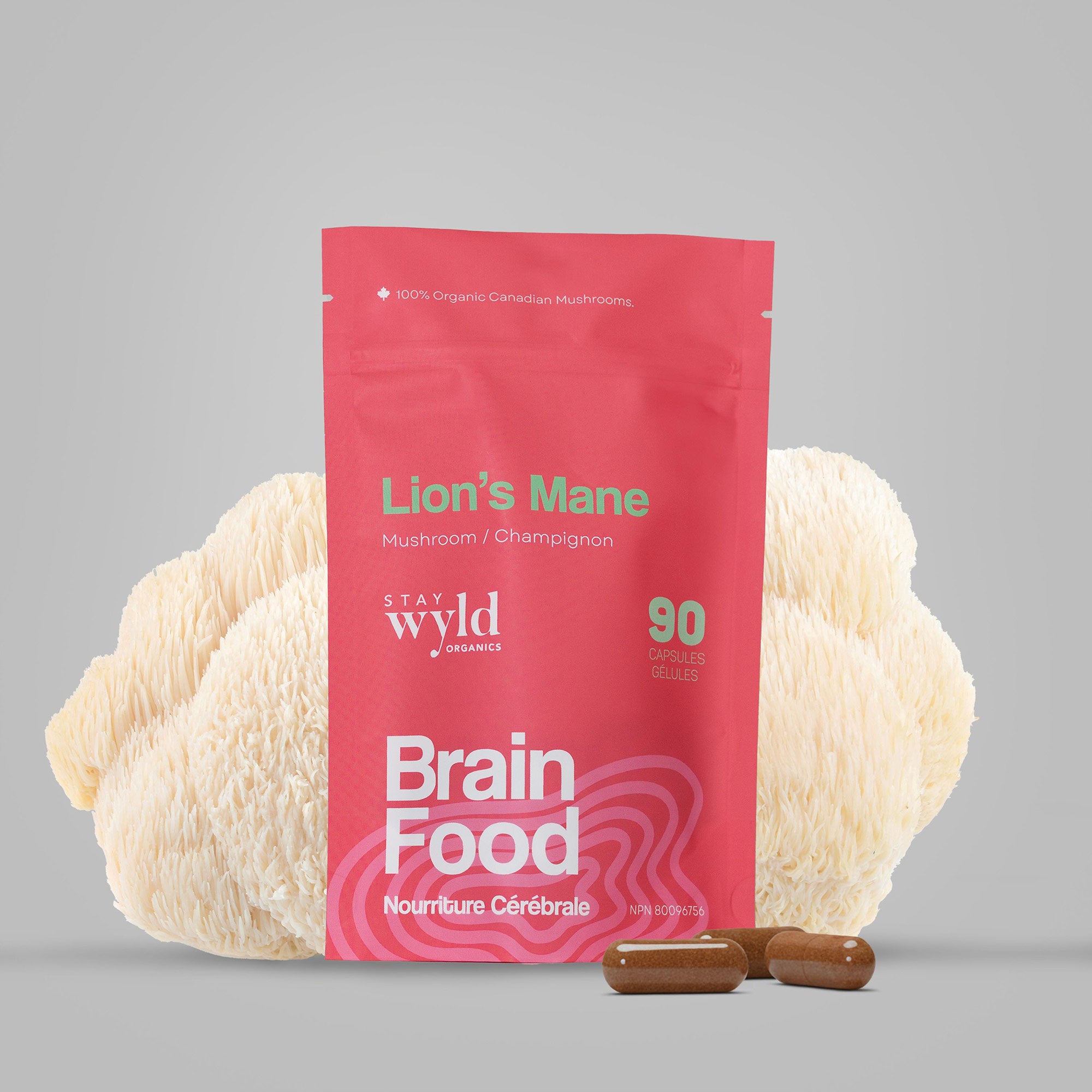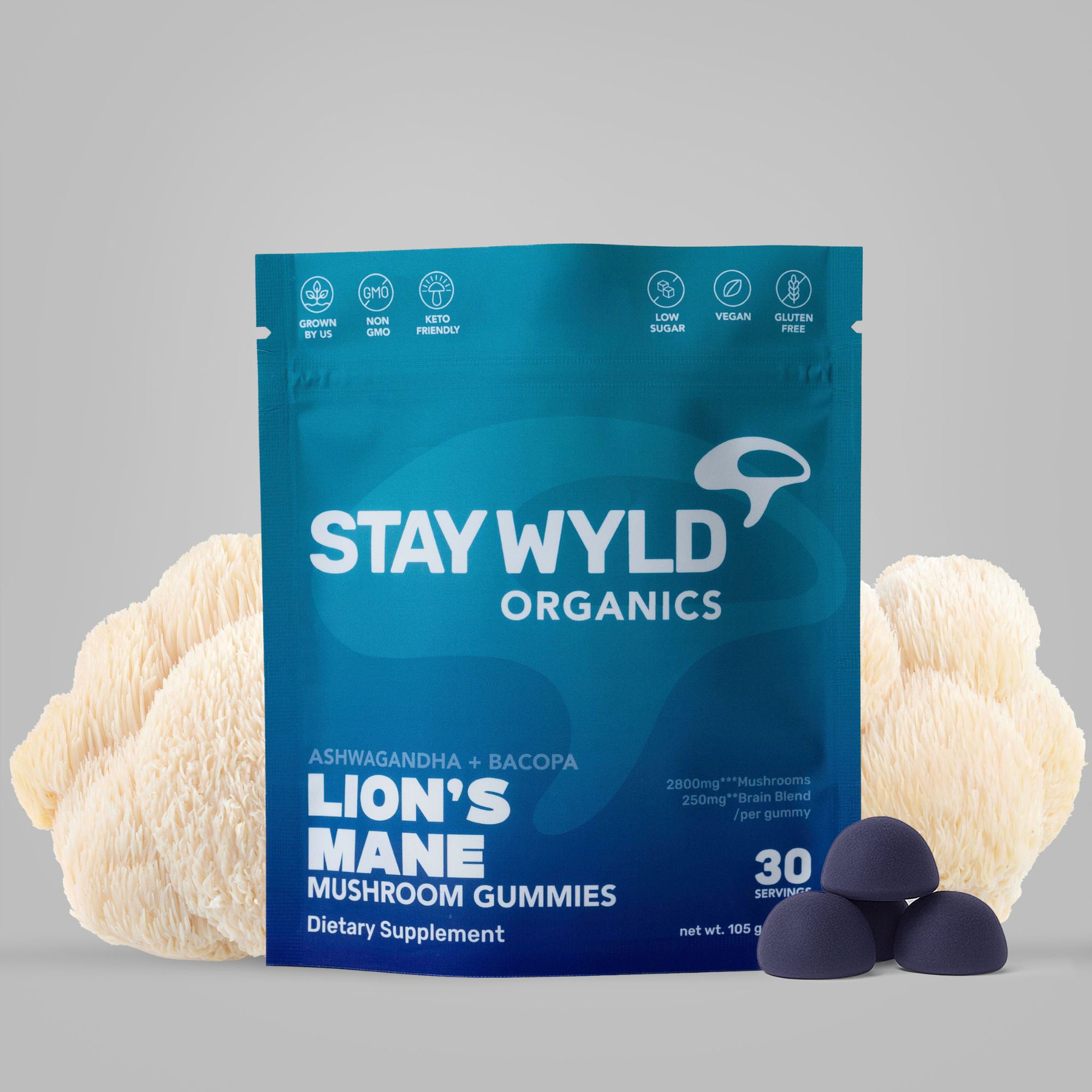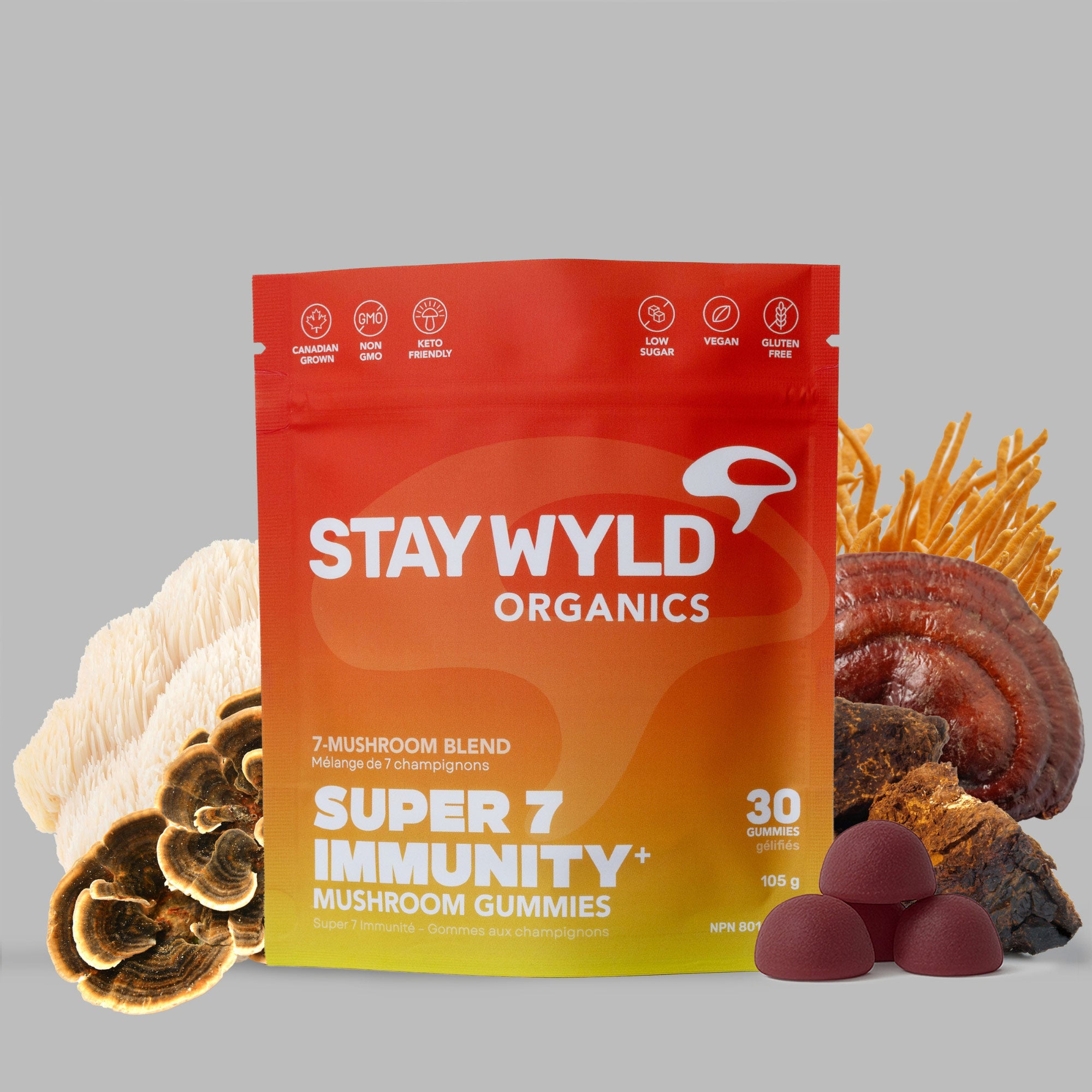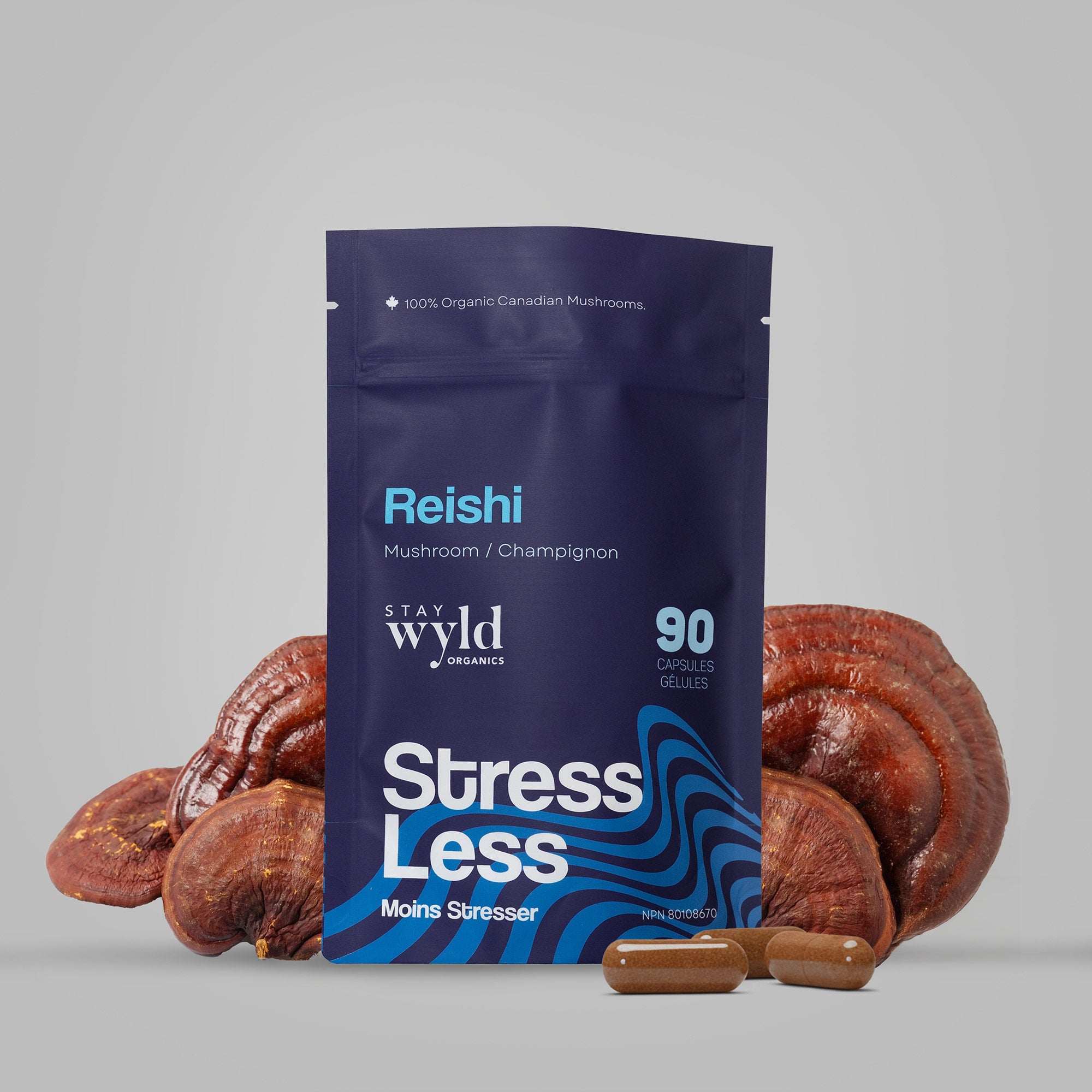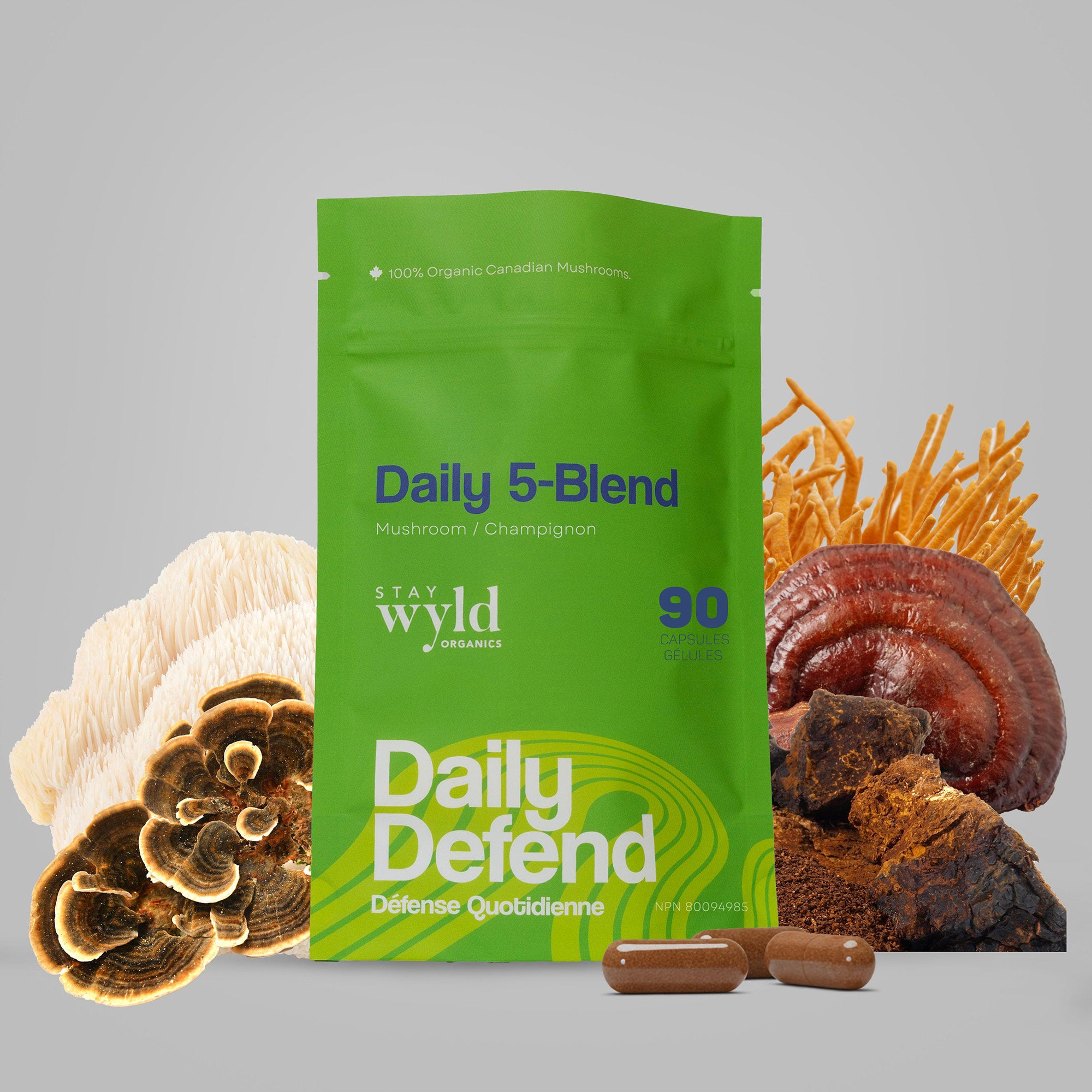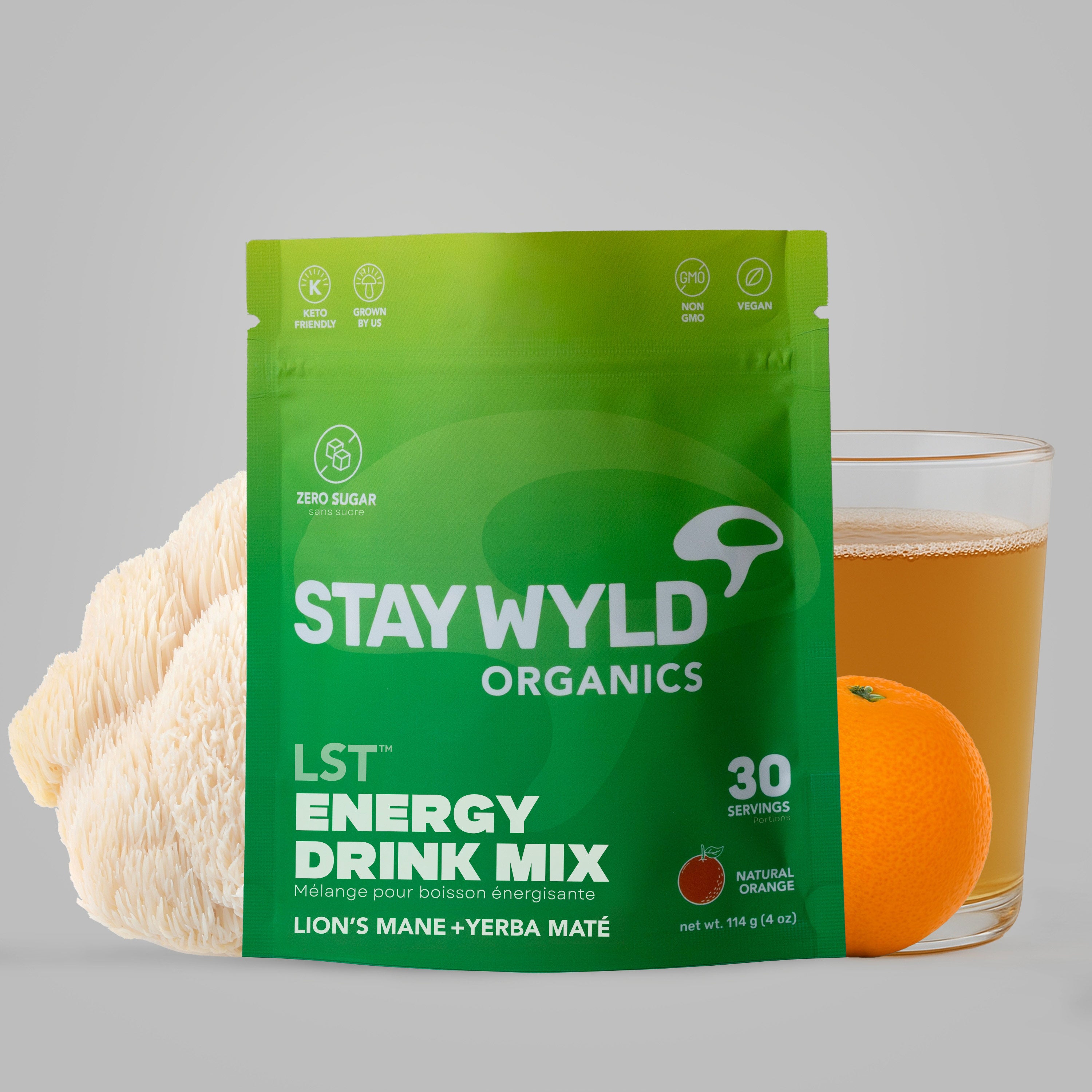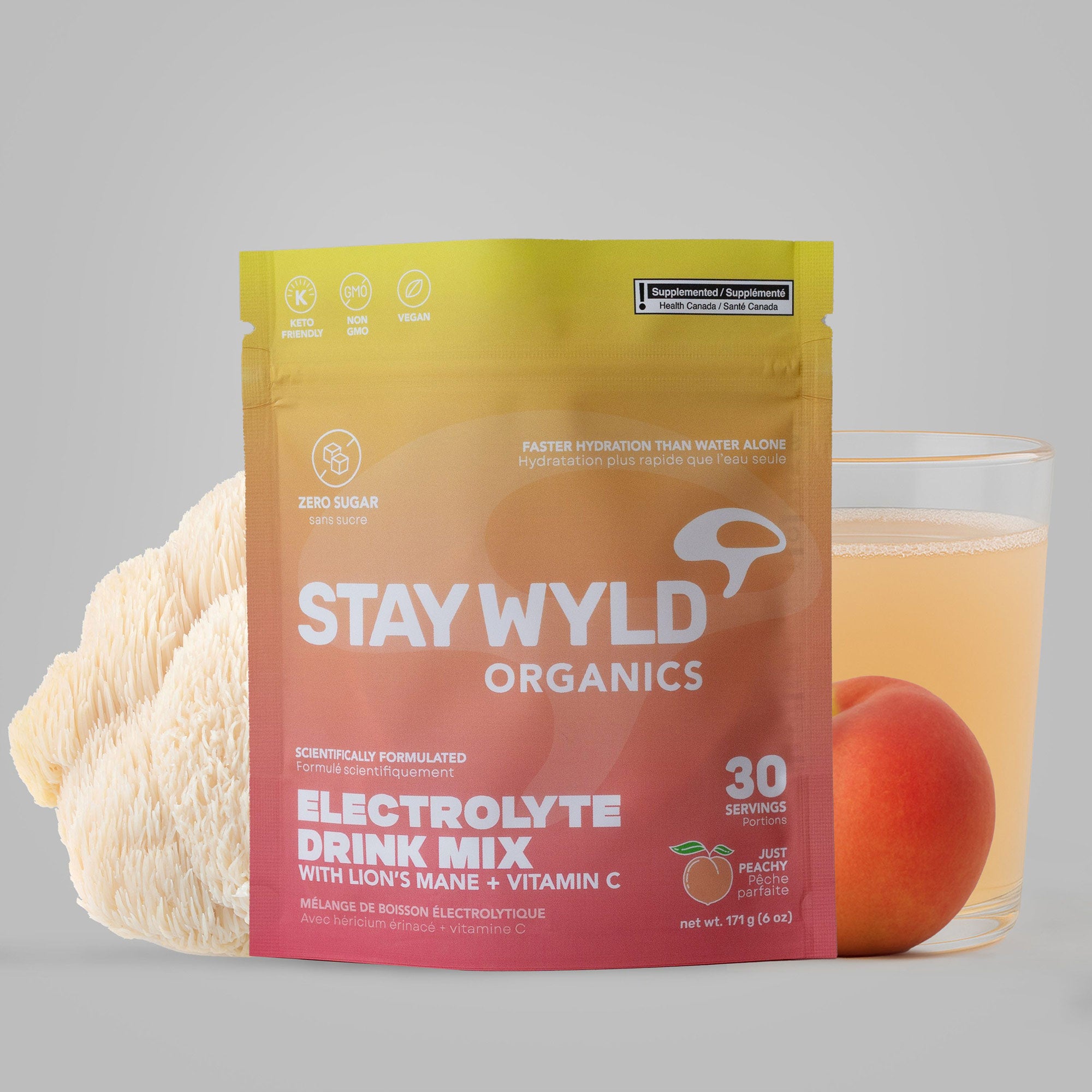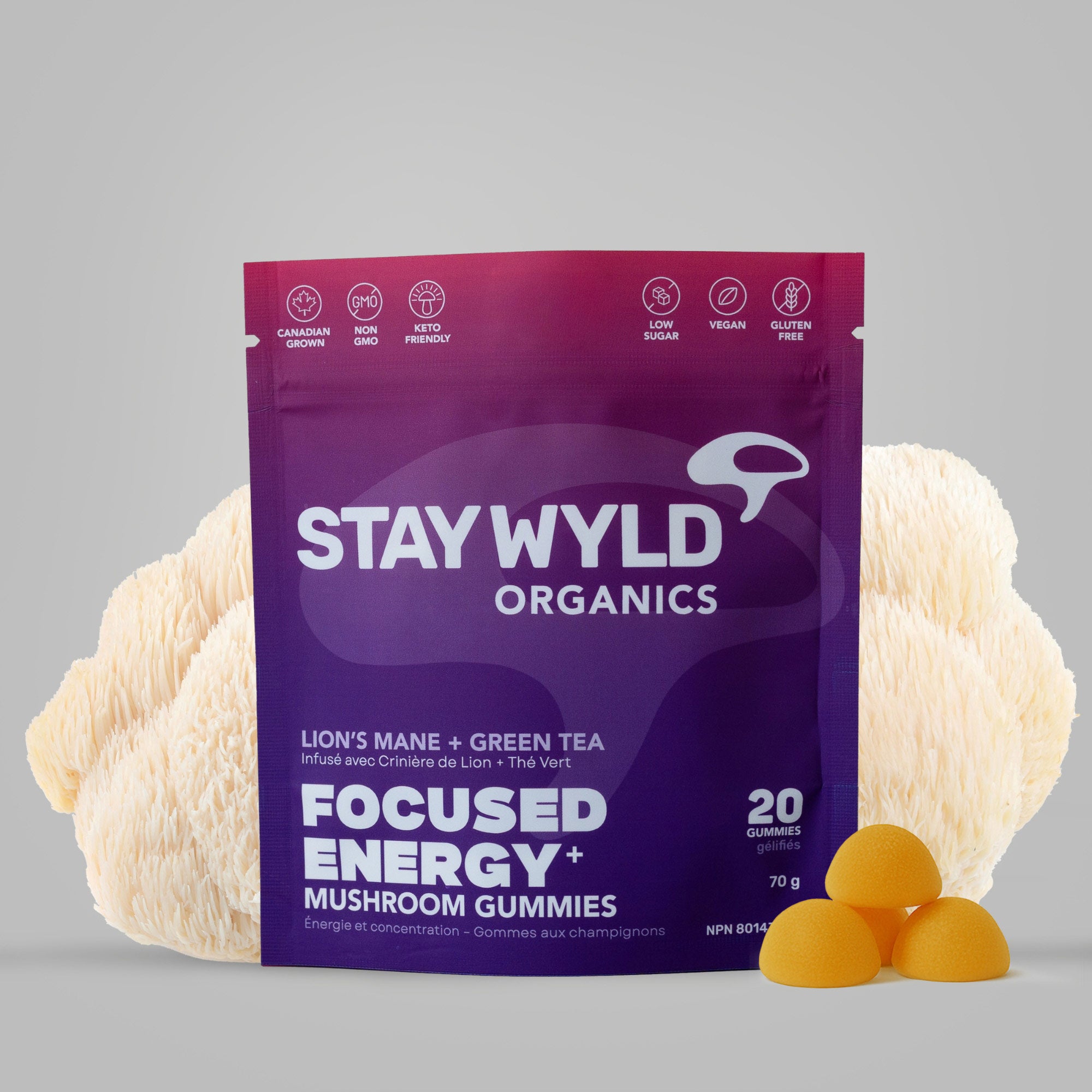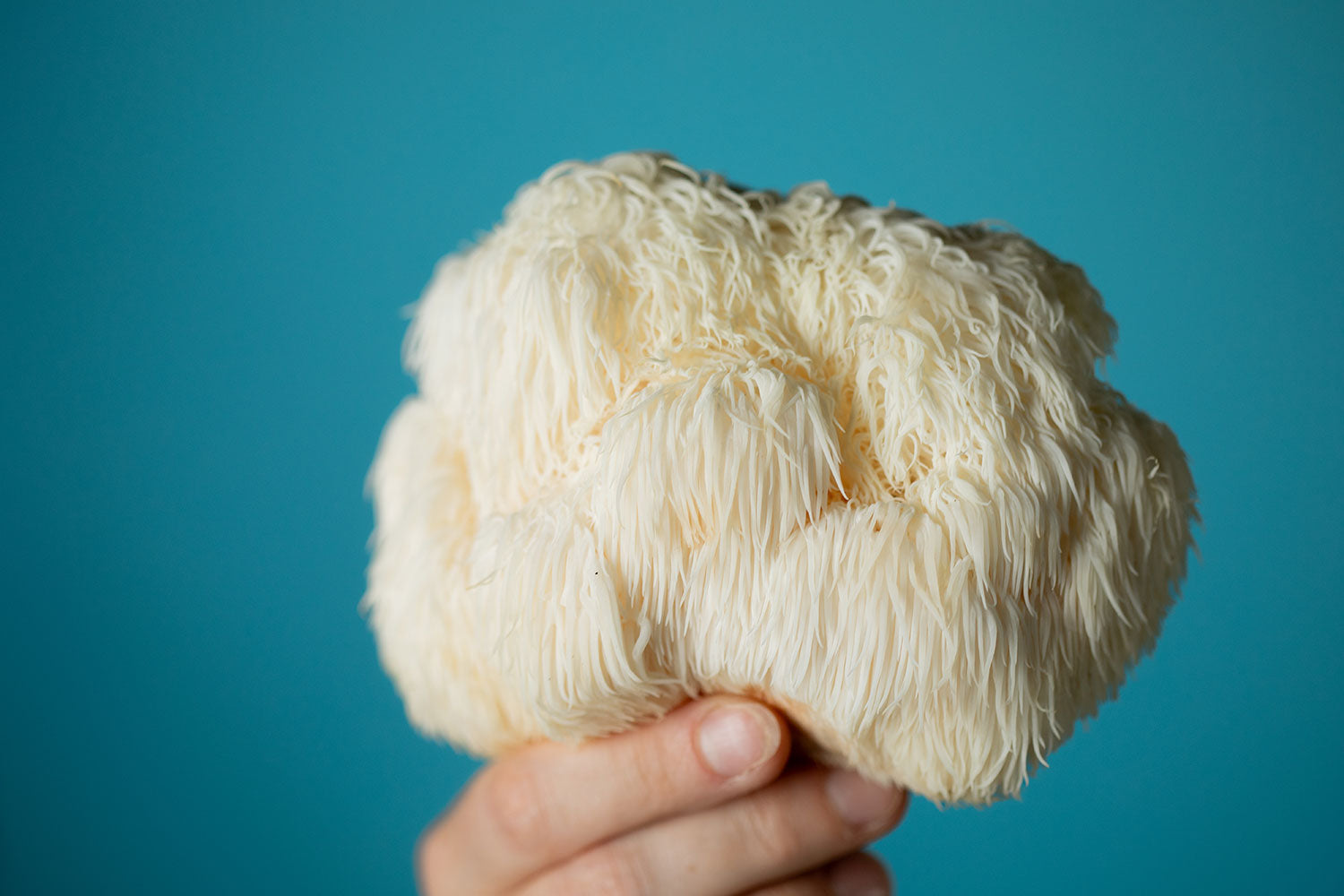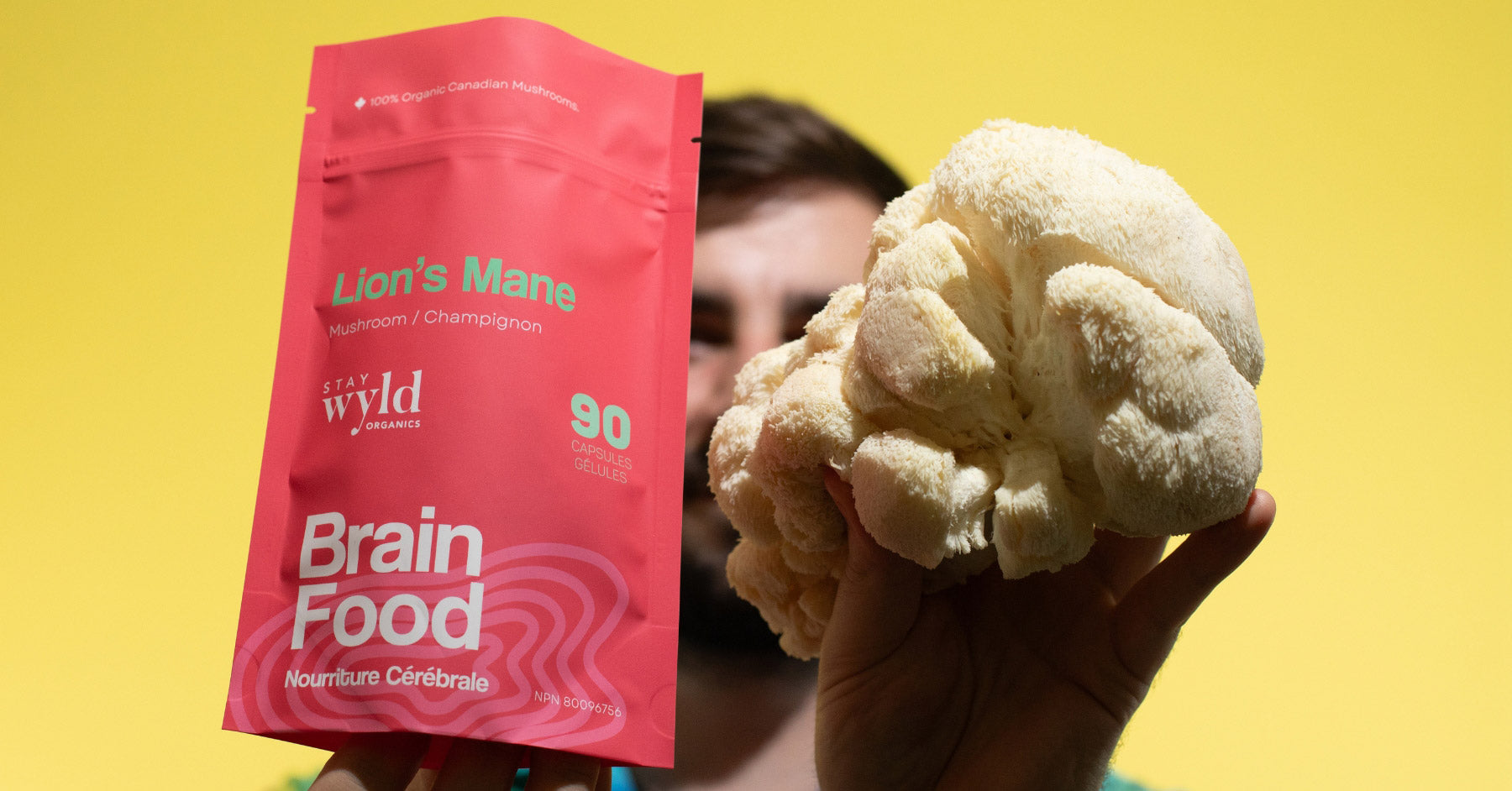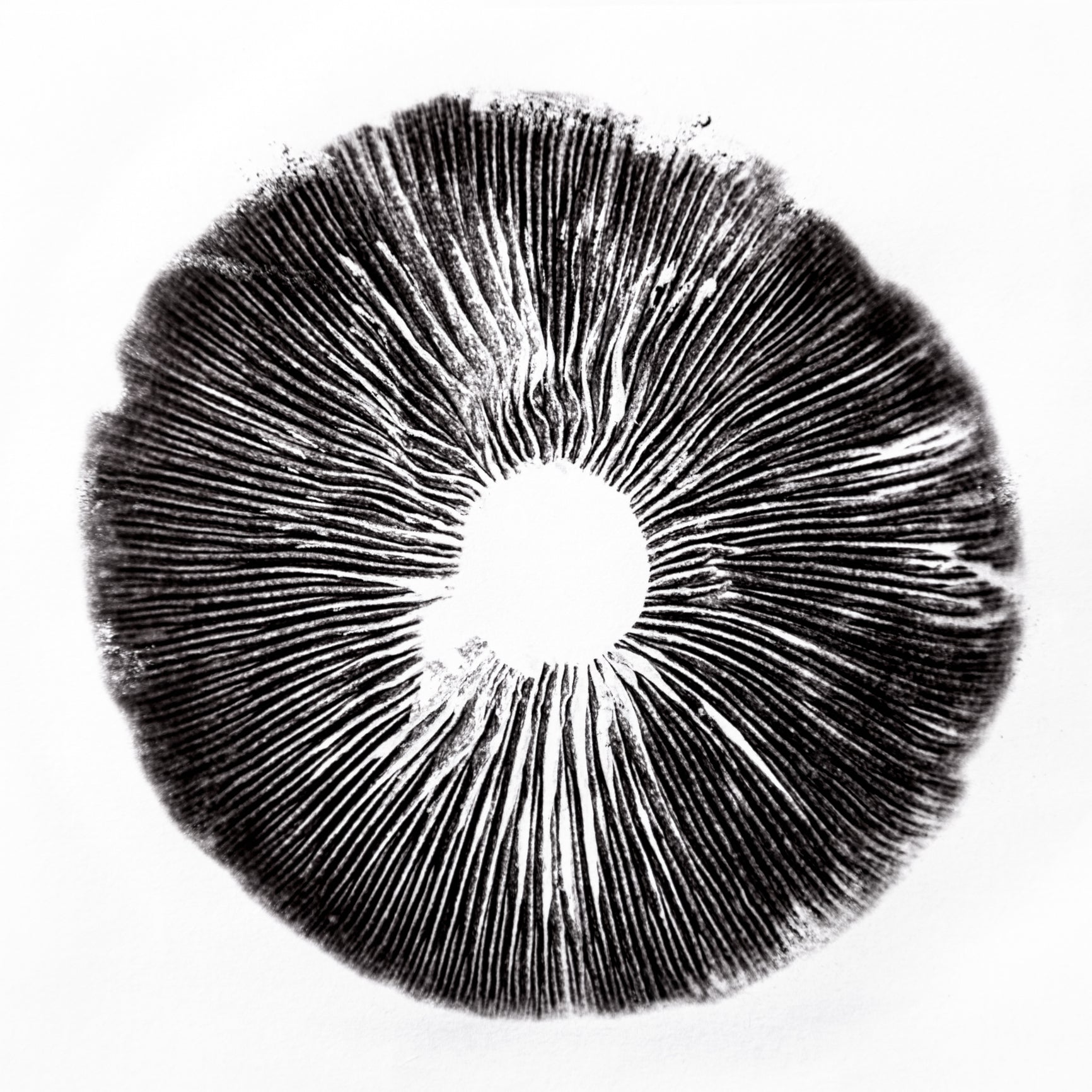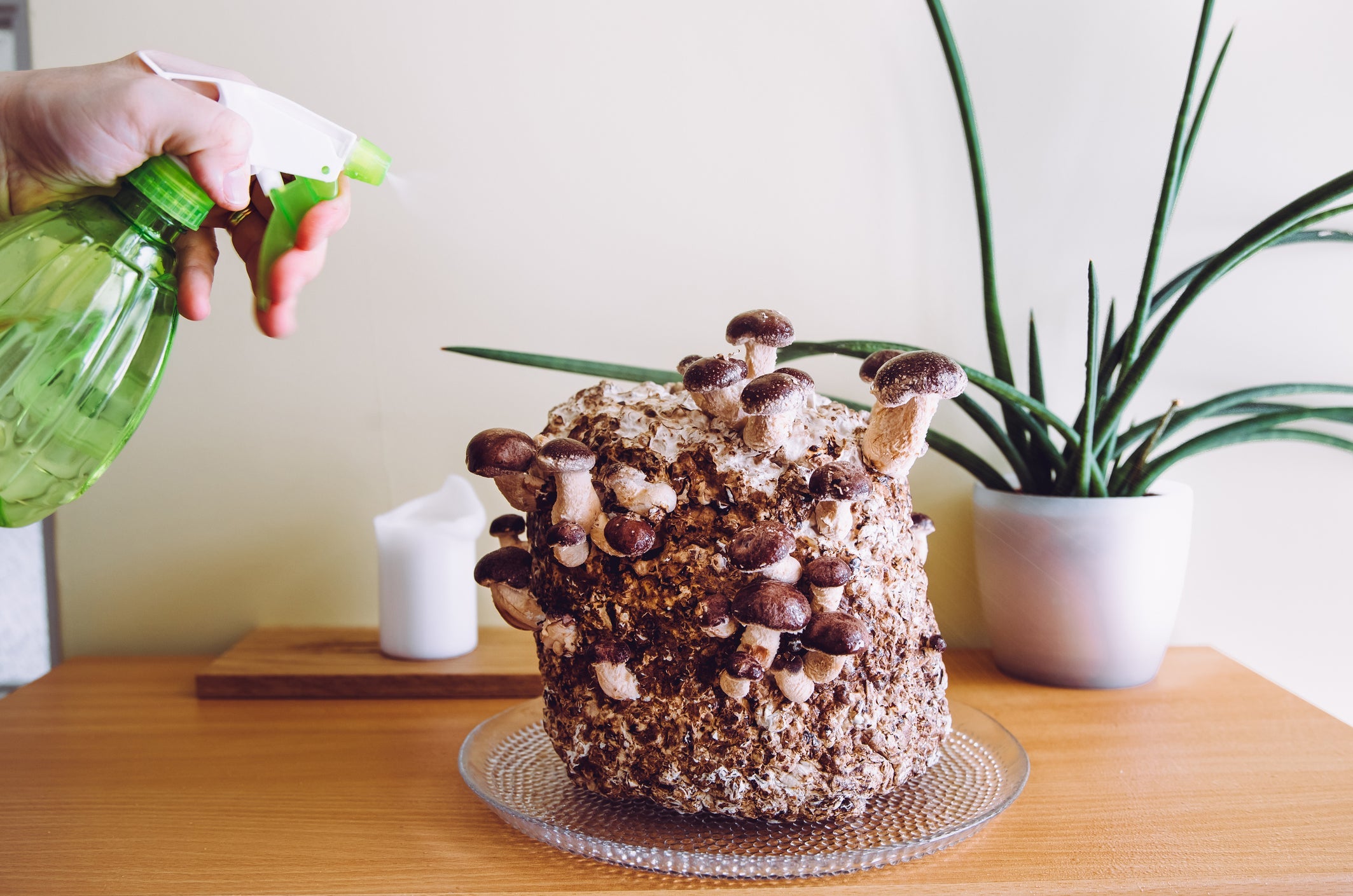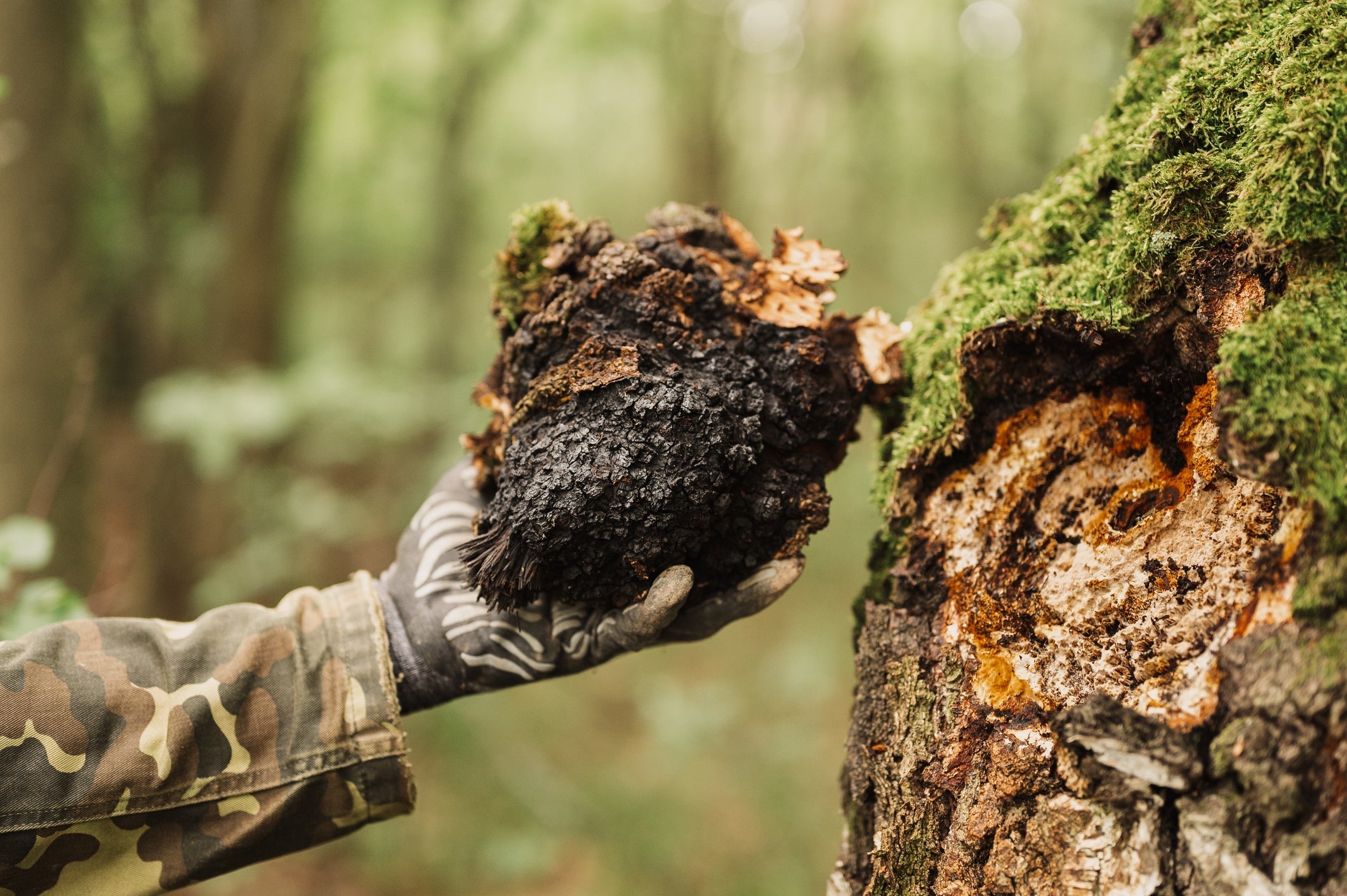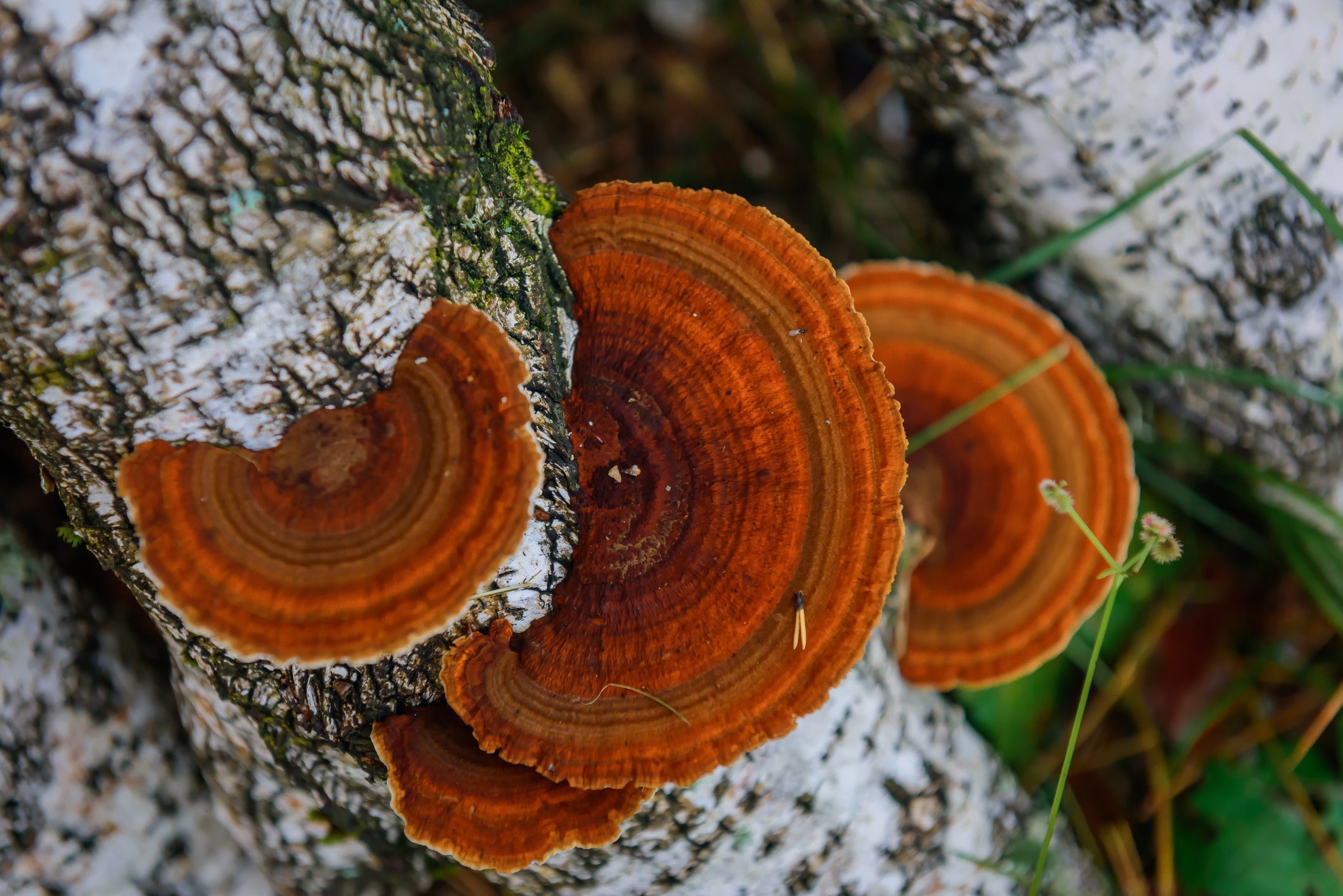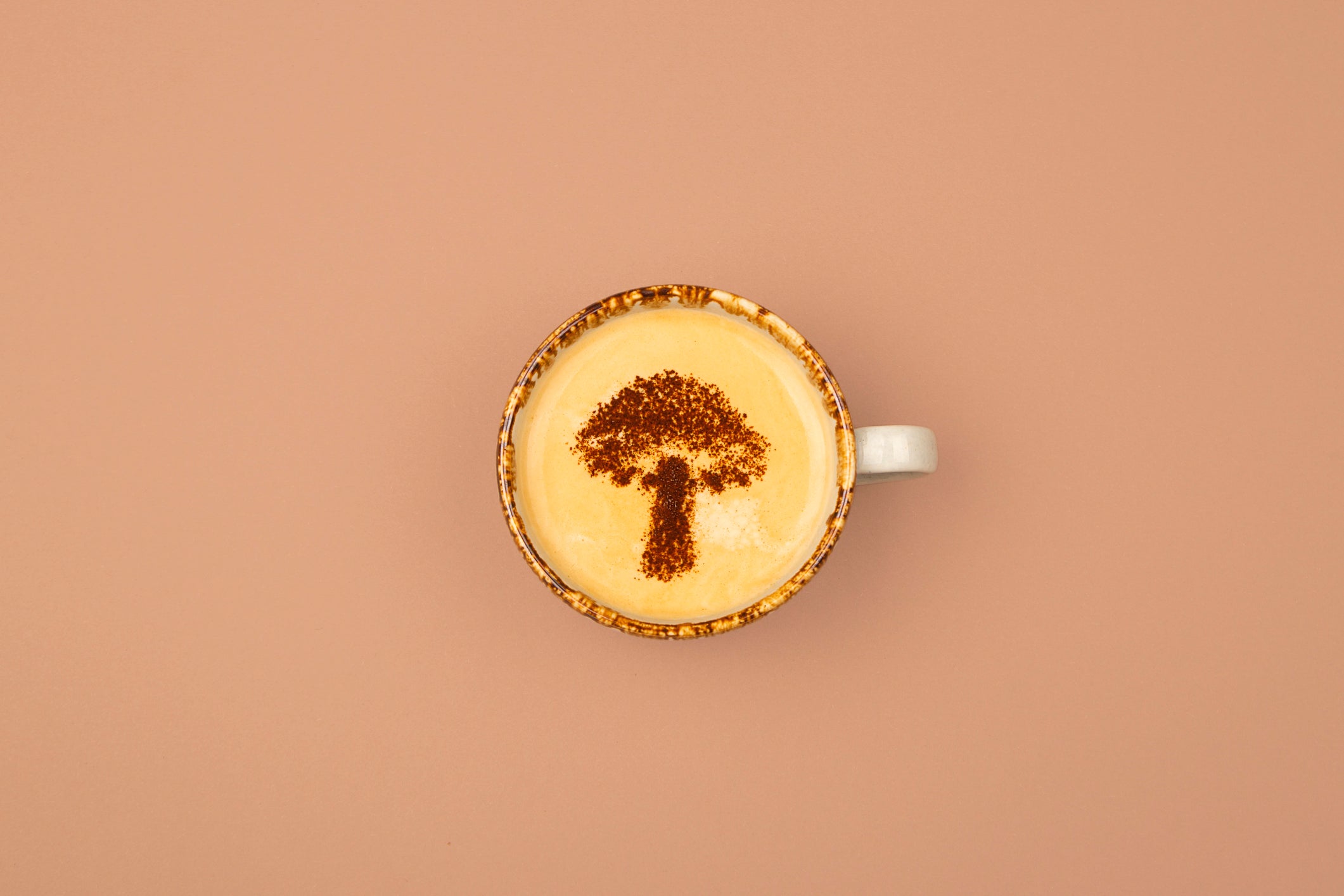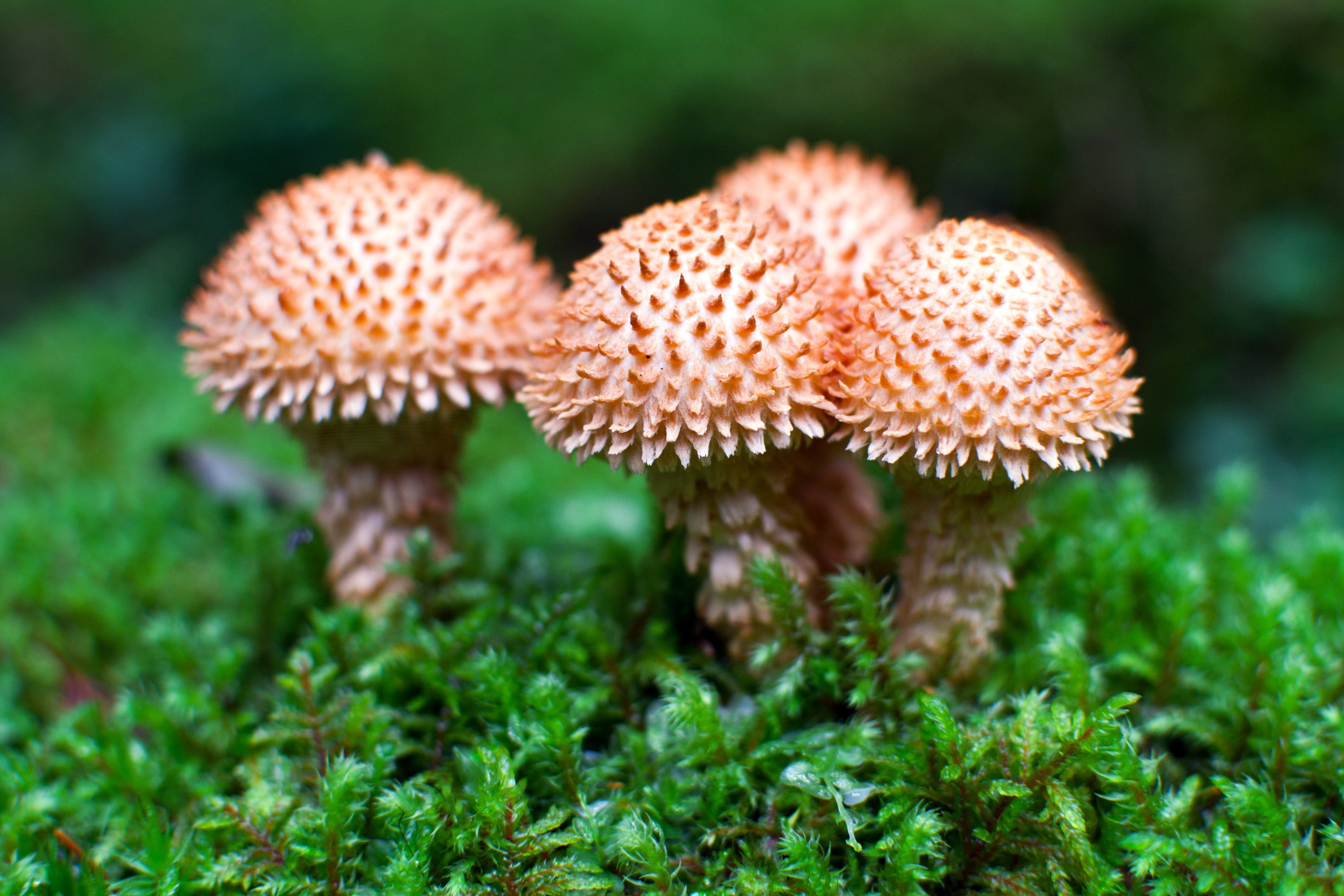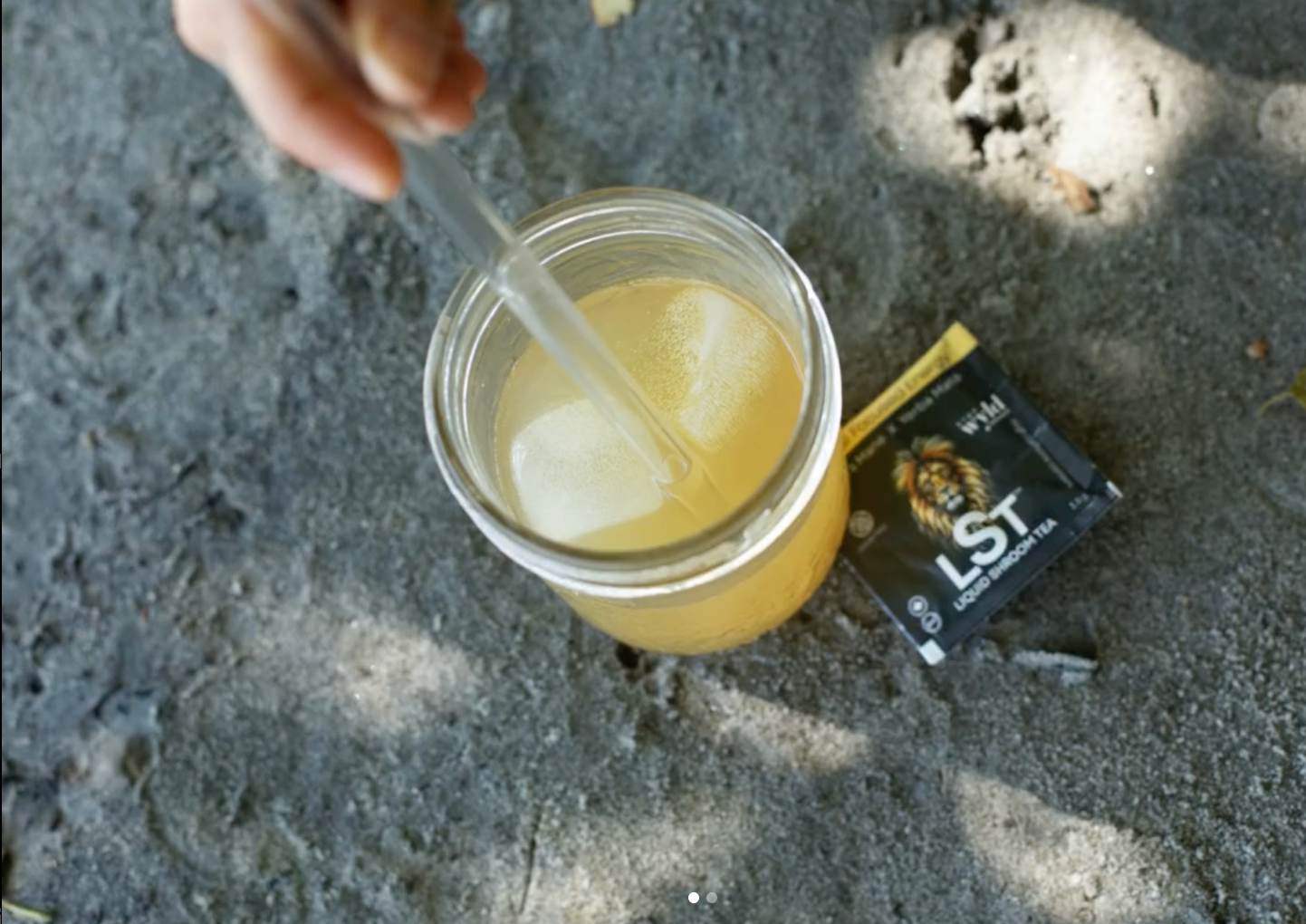Understanding Mushroom Substrates
9 minute read
Mushroom cultivation requires more than just a sprinkle of spores and a bit of water. It requires a suitable environment for the mycelium, the vegetative part of the fungi, to grow and flourish. This is where mushroom substrates come into play. Mushroom substrates are the materials used to support the growth and development of mushrooms. They provide essential nutrients, water, and a good structure for the mycelium to thrive. In this article, we will delve into the world of mushroom substrates, exploring what they are, what makes a good substrate, how to choose the right substrate, and the different types commonly used in mushroom cultivation.
What is a Mushroom Substrate?
A mushroom substrate can be defined as the material that provides nourishment and a solid foundation for the mycelium to grow and eventually produce mushrooms. Generally speaking, the substrate is composed of organic matter such as wood, straw, or even coffee grounds. It serves as a food source for the mycelium, allowing it to grow and produce the fruiting bodies we commonly refer to as mushrooms.
What makes a good mushroom substrate?
Not all materials are suitable as mushroom substrates. A good substrate should provide adequate nutrition, retain moisture, promote colonization by the mycelium, and encourage the development of healthy fruiting bodies. It should have a balanced ratio of carbon and nitrogen, as well as proper moisture content. Additionally, the substrate should be free from contaminants and have a structure that allows proper air circulation.
How do you choose a mushroom substrate?
Choosing the right mushroom substrate depends on various factors, including the mushroom species you wish to cultivate, the resources available to you, and the desired outcome. Different mushrooms have different nutritional requirements, temperature preferences, and growth habits. Researching the specific needs of the mushroom species you are interested in will help you select the most suitable substrate for optimal growth and yield.
Common Mushroom Substrates
There are several commonly used mushroom substrates that have proven to be successful in cultivation. Some of these include:
- Straw: Straw is a popular substrate due to its high nutrient content and availability.
- Hardwood Sawdust and Chips: This substrate provides a good structure and nutrition for many mushroom species.
- Supplements: Supplements such as gypsum, bran, and lime can be added to enhance the nutrient content and overall quality of the substrate.
- The Master's Mix: This specially formulated blend of ingredients provides a balanced and nutrient-rich substrate.
- Manure: Certain mushroom species, like the classic button mushroom, thrive on substrates made from composted manure.
- Coco-Coir: Coco-coir, a byproduct of coconut processing, is an excellent substrate due to its water retention capabilities and well-balanced nutrient content.
- Coffee Grounds: Coffee grounds, when properly prepared, can serve as an inexpensive and readily available substrate.
Pasteurization vs. Sterilization of Substrates
Before using a substrate for mushroom cultivation, it's essential to ensure that it is free from harmful contaminants. This can be achieved through pasteurization or sterilization. Pasteurization involves heating the substrate to a specific temperature for a certain period, usually around 60-70°C (140-158°F), to kill off unwanted organisms while preserving beneficial microorganisms. Sterilization, on the other hand, involves subjecting the substrate to higher temperatures, often using steam or pressure, to eliminate all microorganisms, be they good or bad. The choice between pasteurization and sterilization depends on the desired outcome, the specific mushroom species, and the resources available.
Moisture Content in Substrates
Moisture content is a critical factor in successful mushroom cultivation. The substrate should be moist enough to support the growth of the mycelium but not waterlogged, as excessive moisture can lead to mold growth or other problems. Different mushrooms have different moisture requirements, so it's important to research the specific needs of your chosen mushroom species and adjust the moisture content accordingly. Regular monitoring and proper management of moisture levels during the cultivation process are crucial for healthy mycelial growth and bountiful harvests.
Selecting Substrates Based on Mushroom Species
Each mushroom species has its own unique preferences when it comes to substrate choices. For example, some species prefer hardwood sawdust, while others thrive on straw or manure-based substrates. Researching and understanding the specific needs of the mushroom species you wish to cultivate is essential for a successful harvest. It is also worth noting that certain mushroom species can be cultivated on multiple substrate materials, allowing growers more flexibility in their choices.
Some popular substrates based on mushroom species include:
- Shiitake (Lentinula edodes): Shiitake mushrooms prefer hardwood substrates, especially oak. They are commonly cultivated on supplemented hardwood sawdust blocks or logs. The rich lignin content in these materials supports their growth and development, leading to a bountiful yield.
- Reishi (Ganoderma lucidum): Reishi mushrooms can thrive on a variety of substrates, including hardwood sawdust, grains, and straw. However, they are most commonly grown on hardwood sawdust or logs, such as oak and maple, which mimic their natural habitat and provide the necessary nutrients for optimal growth.
- Lion's Mane (Hericium erinaceus): This species prefers hardwood substrates, similar to shiitake and reishi mushrooms. Lion's mane mushrooms grow exceptionally well on supplemented hardwood sawdust blocks, but can also be cultivated on logs. Their preference for beech, birch, and maple makes these substrates ideal for cultivation.
- Oyster Mushrooms (Pleurotus spp.): Oyster mushrooms are versatile in their substrate preferences and can grow on a wide range of organic materials. Straw, coffee grounds, and sawdust are among the most common substrates used. Their ability to break down complex compounds allows them to thrive on substrates that are often considered waste products, making them popular for sustainable mushroom cultivation.
- Turkey Tail (Trametes versicolor): Turkey tail mushrooms favor hardwood substrates, particularly those rich in lignin. They are commonly cultivated on hardwood sawdust and logs, including species like oak and maple. This preference helps in the decomposition process, facilitating the mushroom's growth and the production of its medicinal compounds.
- Cordyceps (Cordyceps militaris): Unlike most medicinal mushrooms that grow on wood or straw, Cordyceps militaris can be cultivated on a variety of grain-based substrates, such as rice, millet, or soybeans. These substrates are often sterilized and then inoculated with the fungus, providing a nutrient-rich environment for the mushrooms to develop.
By selecting the appropriate substrate for each mushroom species, cultivators can optimize their growth conditions and yield. Understanding the natural habitats and nutritional needs of these mushrooms is crucial for successful cultivation and the production of high-quality medicinal mushrooms.
Straw as a Growing Medium
Straw is a commonly used and versatile substrate material in mushroom cultivation. It is readily available, affordable, and easy to work with. Straw can be used as the main substrate material or as a supplement in combination with other substrates. Its high nutritional content and favorable structure make it suitable for many mushroom species, including oyster mushrooms and shiitake mushrooms.
Utilizing Hardwood Sawdust and Chips for Growth
Hardwood sawdust and chips are another popular choice for substrates due to their availability and favorable characteristics. They provide a stable structure for the mycelium to colonize and offer a good balance of nutrients. Hardwood substrates are commonly used for cultivating species such as lion's mane mushrooms and reishi mushrooms.
Enhancing Substrates with Supplements
Supplements can be added to mushroom substrates to boost their nutrient content and overall performance. Gypsum, bran, and lime are commonly used supplements that enhance the substrate's composition. Gypsum helps to balance pH levels, improve structure, and increase nutrient availability. Bran enriches nitrogen content, while lime adjusts pH levels and contributes to the overall stability of the substrate. The addition of supplements can significantly improve yield and the quality of mushrooms produced.
Cultivating Mushrooms Using Manure
Composted manure can serve as an excellent substrate for mushroom cultivation, particularly for species like the button mushroom (Agaricus bisporus). Manure-based substrates are rich in nutrients and create a favorable environment for the growth of the mycelium. Composting the manure is crucial to eliminate potential pathogens and unwanted organisms. By carefully managing the composting process, growers can create a nutrient-rich substrate that supports healthy and vigorous mushroom growth.
Cultivation on Coco-Coir
Coco-coir, derived from the fibrous husks of coconuts, is an increasingly popular substrate material in mushroom cultivation. It offers excellent water retention capabilities, promoting a moist environment for the mycelium to thrive. Coco-coir also has a naturally well-balanced nutrient content, providing essential elements for mushroom growth. Its ease of use and sustainability make it an attractive option for both hobbyist and commercial growers.
Mushroom Cultivation with Coffee Grounds
Recycling coffee grounds for mushroom cultivation is not only environmentally friendly but also an affordable and accessible option. Coffee grounds, when properly prepared, can serve as a suitable substrate for various mushroom species, such as the pearl oyster mushroom (Pleurotus ostreatus). Diluting and combining coffee grounds with other materials such as straw or sawdust can enhance the nutritional profile of the substrate. With a bit of experimentation and careful management, coffee grounds can be a viable substrate choice for aspiring mushroom growers.
How to prepare mushroom substrates
Preparing mushroom substrates involves several crucial steps to ensure optimal conditions for mycelial growth. First, the selected substrate must be properly pasteurized or sterilized to eliminate potential contaminants. This can be done through heat treatment, as discussed earlier. Next, the substrate needs to be hydrated to achieve the desired moisture content. This can involve soaking, misting, or adjusting water levels based on the specific requirements of the chosen mushroom species. Lastly, the substrate should be mixed thoroughly to ensure even distribution of nutrients and proper aeration. Following these preparation steps will set the stage for successful mushroom cultivation.
The Art of the Master's Mix
The Master's Mix stands as a cornerstone in mushroom cultivation, offering a meticulously engineered blend that caters to the diverse nutritional needs of various mushroom species. This substrate is not just a random assortment but a harmonized mix that combines organic components such as hardwood sawdust, alongside other enriching materials like bran, gypsum, and lime. Its formulation is designed to stimulate exceptional mycelial expansion and foster the development of hearty fruiting bodies.
Delving deeper into the specifics of the Master's Mix reveals a straightforward yet effective recipe: a balanced 50/50 mixture of hardwood sawdust and soybean hulls, hydrated to achieve a moisture content of 60%. This concoction is then subjected to sterilization under 15 PSI for a duration of 2.5 hours, ensuring it is primed for inoculation.
For those looking to prepare a 5 lb fruiting block, the requirements are simple:
- 1 lb of hardwood sawdust
- 1 lb of soybean hulls
- Approximately 3 lbs (or 1.4 liters) of water
Many enthusiasts and hobby growers have found convenience in using hardwood fuel pellets and pelletized soy hulls instead of their bulk counterparts. This preference not only simplifies the preparation process but also helps the substrate's consistency. To achieve this perfected mix, one would need:
- 2.5 cups of Hardwood Fuel Pellets
- 2.5 cups of Pelletized Soy Hulls
- 1.4 liters of water
It's important to note that while hardwood pellets readily disintegrate, soy hulls may require additional preparation, such as overnight soaking, to ensure they blend smoothly into the mix.
The Master's Mix has established itself as a versatile and reliable substrate, favored for its ability to support the cultivation of a wide array of mushroom varieties. Its balanced nutrient profile not only ensures mycelial vigor but also contributes to the successful and abundant harvest of mushrooms, making it an invaluable recipe for both novice and experienced cultivators alike.
Is sterilization always necessary?
Sterilization of mushroom substrates is often recommended to reduce the risk of contamination and increase the chances of a successful harvest. However, not all mushroom species require sterilization, and some growers have achieved decent results using pasteurized substrates. Certain mushroom species, like some types of oyster mushrooms, are less susceptible to contamination and can thrive on pasteurized substrates. It's essential to consider the specific needs of the mushroom species and assess the contamination risk before deciding whether sterilization is necessary.
In conclusion, understanding mushroom substrates is essential for successful mushroom cultivation. Choosing the right substrate, preparing it correctly, and maintaining optimal conditions throughout the growing process are crucial factors for achieving healthy mycelial growth and abundant mushroom harvests. By exploring and experimenting with different substrates, growers can unlock the potential of various mushroom species and embark on a rewarding journey of mushroom cultivation.
Leave a comment
All comments are moderated before being published.
This site is protected by hCaptcha and the hCaptcha Privacy Policy and Terms of Service apply.
